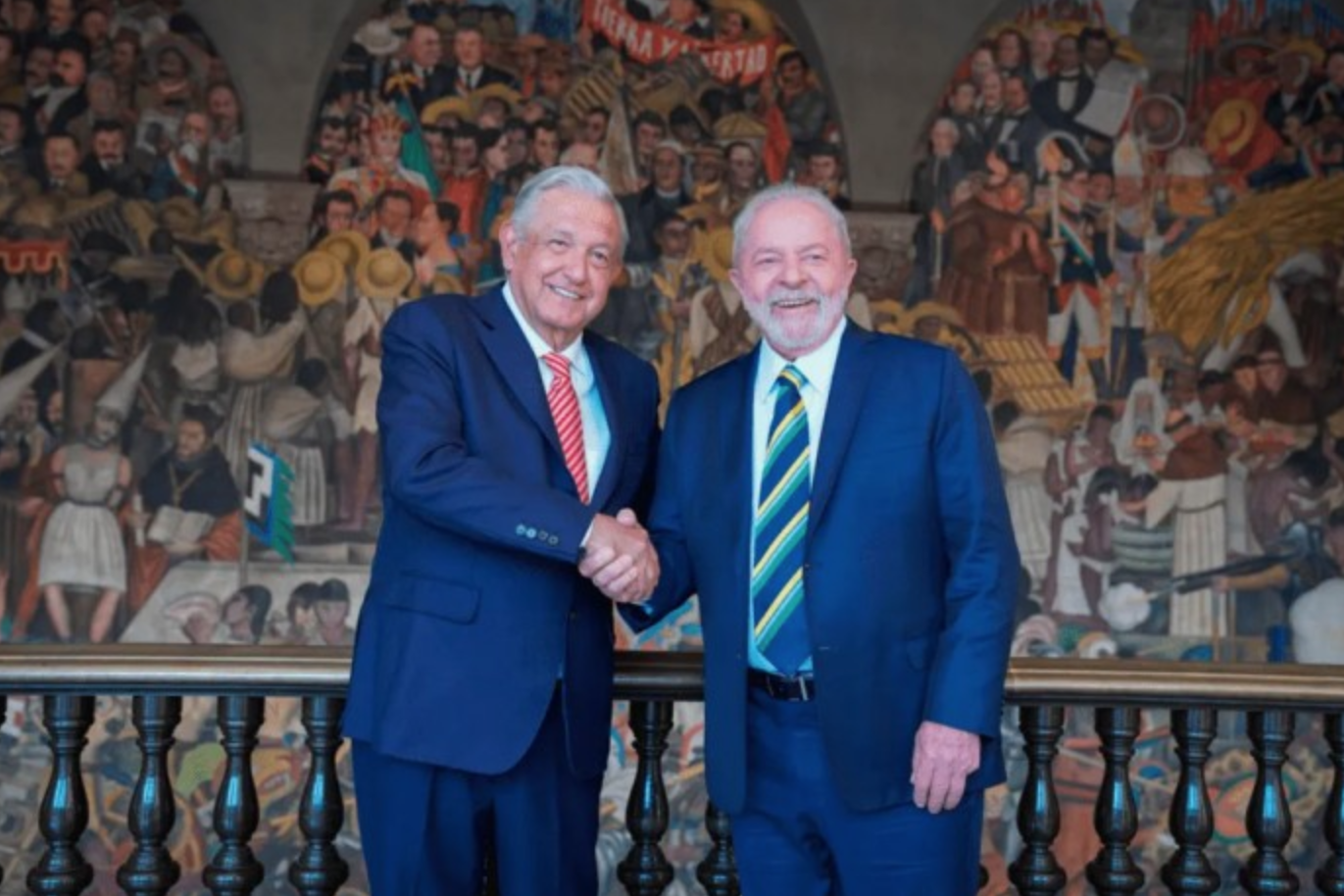On the morning of the inauguration of Joe Biden’s presidency, the new president uttered the famous phrase that would guide the new U.S. foreign policy: “We are back”. That is, back after the long and chaotic presidency of President Donald Trump; back to the liberal international order; back to the Climate Change Convention, the World Health Organization, and the Human Rights Council, to diplomacy, dialogue, and the use of rational, slow and thoughtful argumentation. Back to the multilateral forum.
Since then, this idea has been maintained, which does not necessarily mean that there has been a total break with the initiatives of his predecessor. For example, the idea of withdrawing from Afghanistan was maintained and, above all, the tone of confrontation with the great emerging power continued to be raised: China. In fact, these two elements were, in a way, correlated, since one of the reasons for the withdrawal from Afghanistan was that its presence there consumed resources that should be used to confront the real strategic threats. Among them, is the great Asian power.
But where the “return” was felt most was in the North Atlantic axis. The dialogue between Europeans and Americans quickly regained strength and the old allies once again placed their trust in the North Atlantic Treaty Organization (NATO) and in the commonwealth uniting the liberal democracies of the Western countries. The alliance with strategic partners in the Pacific was also restored. Japan, South Korea, Australia, and even India, heeded the call of the United States to strengthen their own commonwealth in the East and maintain a more combative front against China’s geopolitical ambitions.
The war in Ukraine and the international relations
When war broke out in Ukraine, Russia’s invasion was condemned by numerous United Nations (UN) member states. The Biden administration thought that the notion of safeguarding the liberal international order, based on established rules, would encompass a much larger number of nations. However, success was partial. Countries condemned Russia’s unilateral action, clearly in violation of international law, but were unwilling to follow the path proposed by the U.S. government.
The successful reunion of the North Atlantic axis and the re-establishment of alliances in the Pacific had no parallel in the global South. Developing countries have been reluctant to enlist in a more aggressive posture with respect to the Russian invasion, partly because they understood that doing so would alienate the new world power, China. Many governments perceive the new confrontation between the powers as a re-enactment of the Cold War and refuse to be part of that logic. For this reason, they have taken a distance, trying to maintain good relations with everyone and avoiding enmity with any of the parties.
That was the message at the Summit of the Americas in Los Angeles and at the high-level meeting with African heads of state in Washington D. C. This was also evident at the G20 meeting and in the dialogues with India. At all these events, there was a generic call for peace and, in this way, to spare developing countries from the calamities of rising prices.
Latin America’s position
Latin America, in general, joined the position of the global South. Reflection on active nonalignment has even arisen and attempts have been made to recover some of the postulates of the non-aligned movement of the Cold War era. This position has pros and cons. The pros are that the region cannot emulate the United States in its strong competition with China or break ties with Russia. The countries argue that they have autonomy and sovereignty to make decisions and prioritize neutrality in order to be able to continue to maintain trade relations, direct investments, and financial alternatives, especially with China. It should be noted that many South American countries have China as their main trading partner.
The negative aspects of this “nonalignment” have to do with the reduced space that this strategy leaves for conducting foreign policy from more principled positions. It is true that non-alignment values the sovereignty and autonomy of the South countries, but, at the same time, it establishes an equivalence between the global powers that makes invisible differences related to democratic principles, freedoms, and fundamental rights. From this perspective, the United States and China are not the same, nor are Russia and the European Union. Among these powers, there are differences in terms of the possibility of electing rulers, demanding accountability, demonstrating and protesting peacefully, freedom of the press, freedom of expression, and freedom to demand rights.
Such principles have been won in the region through the suffering of generations of Latin Americans. Therefore, their absence should not be overlooked in pursuit of political realism based on interests. The governments of the region must make an effort to find a balance between maintaining autonomy while clearly expressing the defense of freedom and law before the international community.
*Translated from Spanish by Janaína Ruviaro da Silva













